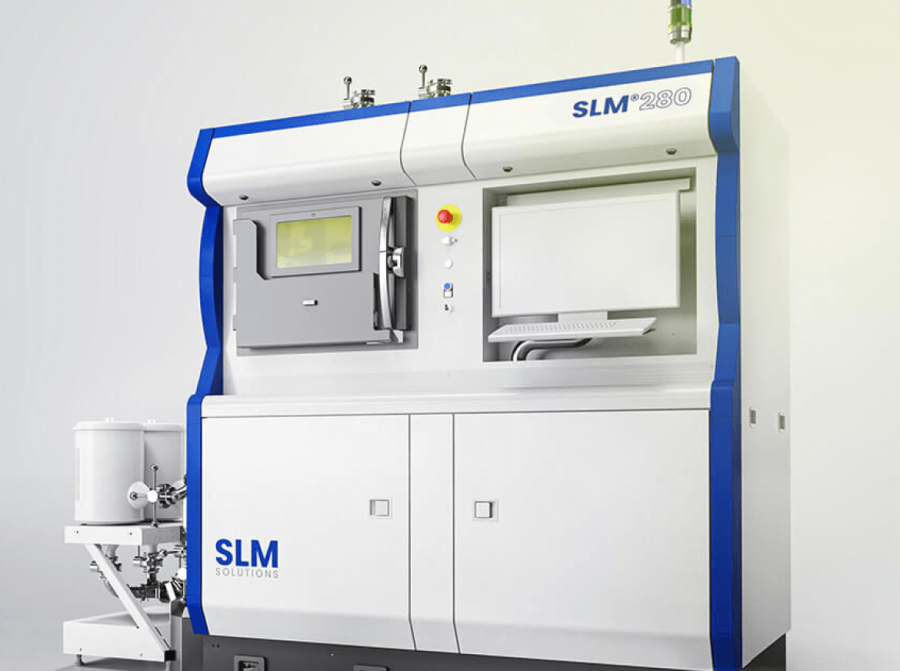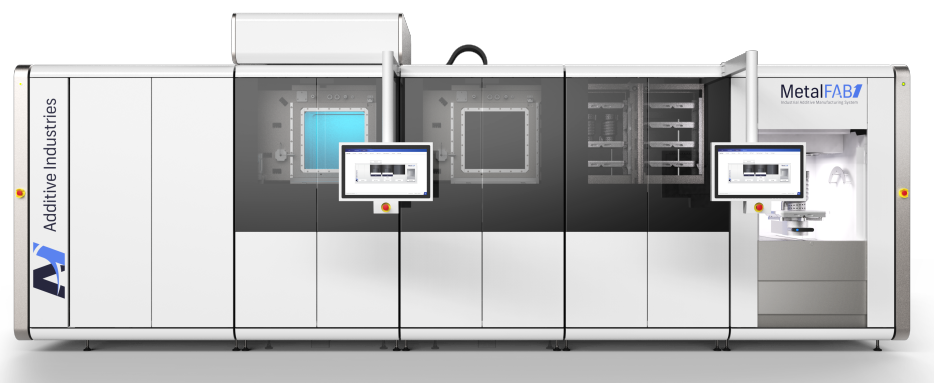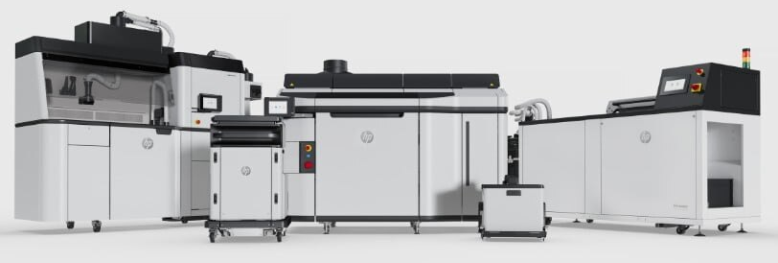3D Printing Technologies
Exploring alternative methods of manufacturing

In our search for potential 3D metal printing technologies, we mainly focused on 3 potential candidates from 3 companies which employ two main manufacturing methods.
3D Printing Methods
The first method is powder-based fusion (PBF), which refers to a group of additive manufacturing processes that use powder materials as the base material to build three-dimensional parts or components layer by layer. In these processes, the powder material is selectively melted or fused together using various energy sources, such as lasers or electron beams, to create a solid object.

SLM Solutions and Additive Industries use a specific kind of powder-based fusion called selective laser
melting, which uses high-powered laser beams to selectively melt the metal powder, which results in a solid object.
Both companies and their associated 3D metal printers function similarly in regard to their laser systems, but
have different features for optimization, safety, and modularity.
The second method is binder jetting, which is a 3D printing process that uses a binder to selectively join together layers of powdered material, such as metal, ceramic, or polymer, to create a solid object. Hewlett-Packard (HP) features this technology in its 3D metal printers. However, we focused mainly on PBF, as current binder jetting technologies produce emissions that conflict with EPA standards in Irvine, as they emit argon gas which can be harmful to the environment.

Future Goals
We have sent test parts to SLM solutions and Additive Industries to be printed and sent back for analysis. This will allow for testing of the parts along with information regarding the Return on Investments (ROI) of printing parts on each system. Our team will finalize our search into these various 3D printing technologies and make our final recommendations to Alcon and suggest routes for them to pursue and implement these technologies.